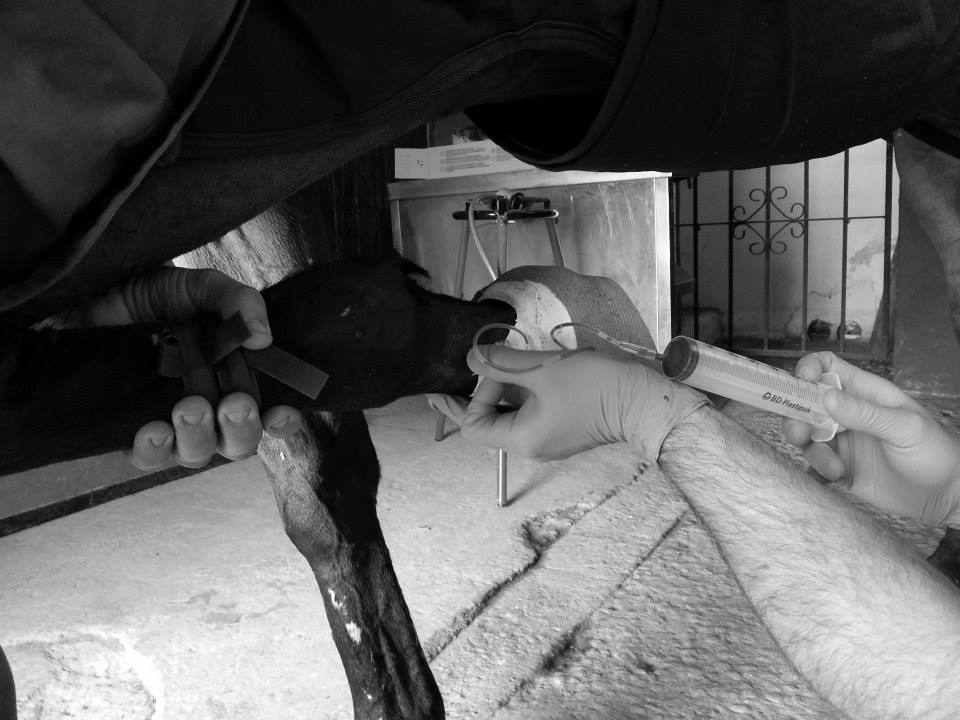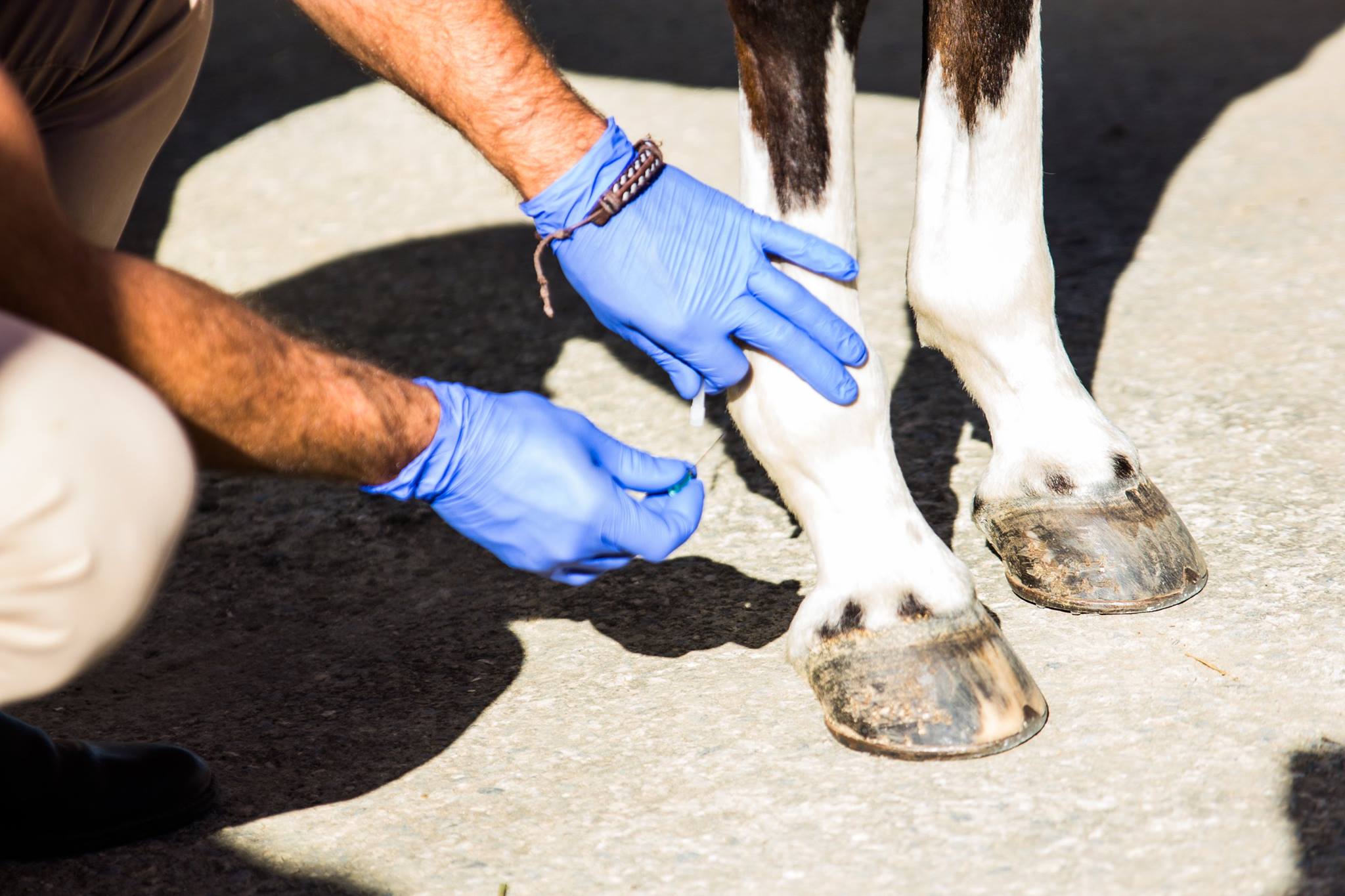
Joint therapies are treatments that modify the disease and the symptoms increasing range of mobility favoring to slow down, stop or even reverse the degenerative process.
There are many questions that customers ask themselves when their horse begins to hurt joints. Will it return to soundness? Should I scratch the next show? How long will it take? Will it use a systemic or a topical product? Intra-articular injections? Or maybe physical therapy? Which option is the best?
There are many options for joint therapy in horses although joint problems can be a challenge, this is easier when the client understands each treatment well and how it works.
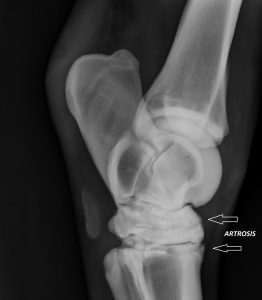
The objectives of joint therapy are focused on eliminating the inciting cause, reducing inflammation and obtaining the best possible result for the horse. The ultimate goal is to preserve the internal structures of the joint, such as cartilage, which is not possible once the horse develops progressive joint disease or severe osteoarthritis. Therefore, it is ideal to intervene when the joint is inflame
d, instead of once it reaches a state of illness.
You could say that there are treatments that modify the disease and the symptoms can improve. Treatments that modify symptoms can help the horse feel more comfortable and move more easily, but they do not prevent the disease from progressing. Disease modifying treatments, on the other hand, can slow down, stop or even reverse the degenerative process.
So based on this we could say that we have valid options to choose from; Below is a brief review of some of the therapies used by Dr Würschmidt.
- Regenerative therapies such as stem cells, platelet-rich plasma or IRAP (interleukin-1 receptor antagonist protein).
- Pro-Stride APS (Autologous Protein Solution) is an all-natural option for horses experiencing joint lameness. The production, ready to use in 30 minutes, consists of a concentrated solution of white blood cells, platelets, growth factors and anti-inflammatory cytokines (including IL-1ra, among others). This combination of molecules not only neutralizes IL-1β and TNF-α, key cytokines for chronic inflammation, but also aids in the healing process of affected tissues.
- Superior Joint Rejuvenation Formula: Is a combination of Hyaluronic Acid (HA), Anti Obesity Drug Peptide (AOD) and Polymer IA. is an aid in the treatment of non-infectious, inflammatory joint disease in horses. In particular: Osteoarthritis – especially with involvement of multiple joints, Osteochondrosis dissecans, and Traumatic joint and peri-articular inflammation.
AOD
AOD is a component of growth hormone made up of a peptide chain which causes the breakdown of fat which dislodges stem cells which then act to repair damaged connective tissue, bone etc.
The benefits of this formula: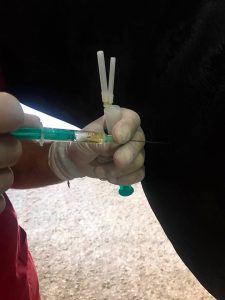
- Improves existing cartilage quality
- Build and repair cartilage damage
- Regrowth of cartilage
- Improves joint fluidity
- Synovial fibroblasts are stimulated
- Increases viscosity of joint fluid for optimal lubrication and shock absorption
- Anti-Inflammatory relief
- Inhibits Destructive Enzymes
- Increases Blood Supply to Joints
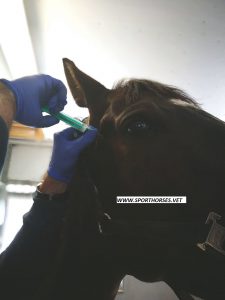
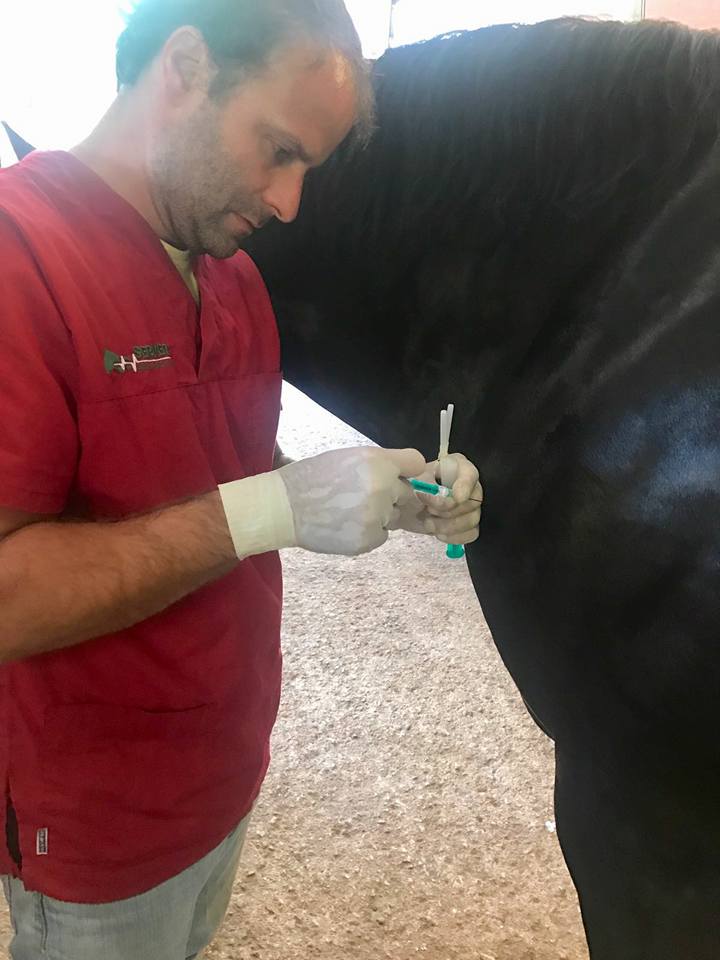
Corticosteroida
Corticosteroida fundamental element in the treatment of joint inflammation in horses, this group of drugs has evolved substantially over time. There are several corticosteroids to choose from, including:
- Triamcinolone, which can reduce lameness and increase range of motion. Researchers determined that it can help protect cartilage and has modifying effects on symptoms and diseases.
- Betamethasone would not have harmful effects on the cartilage or subchondral bone when administered in the joint. Therefore, it seems safe to administer horses whose cartilage has not been damaged.
- Methylprednisolone seems to have harmful effects on cartilage, even at low doses, although it may help reduce inflammation. We do not use methylprednisolone in horses if their cartilage is still in good condition.
The conclusion, it is important to remember that not all steroids are created equal. And, it is crucial to take steroid administration seriously and administer it only when necessary.
Hyaluronic acid (HA)
Hyaluronic acid (HA) is another commonly used treatment, HA is found naturally in synovial fluid in horses and is used to decrease synovitis, a less harmful type of joint inflammation.
This product is administered intrarticularly and also commercially available intravenous HA is effective in reducing joint inflammation and is a good prophylactic (preventive) and maintenance option for many high performance horses.
Polysulphated glycosaminoglycan (PSGAG)
helps in frequent applications to reduce synovial effusion (swelling), vascularization and fibrosis of the capsule (scarring).
The combination of these three elements hyaluronic acid, chondroitin sulfate, and N-acetyl-D-glucosamine this combination is useful to reduce lameness and increase bone proliferation in diseased joints. Polyglycan appears to be most useful in horses that still have full thickness cartilage.
Pentosanpolysulfate (PPS)
Decreases fibrillation of cartilage (the softening and groove of cartilage of the articular surface) and improves cartilage histology, which makes it a very promising treatment option, he said.
Diclofenac sodium
This non-steroidal topical anti-inflammatory is used as a complement to other internal treatments of the joint.
Firocoxib
This relatively new non-steroidal (marketed for horses such as Equioxx) has a pain-reducing effect similar to that of phenylbutazone (bute)
